Photographs 2021 Haris Kenjar except as noted.
All rights reserved. No part of this book may be reproduced by any meanswhatsoever without written permission from the publisher, except brief portionsquoted for purpose of review.
P.O. Box 667
Names: Paquette, Brian, author. | Kenjar, Haris, photographer.
Title: At home : evocative & art-forward interiors / BrianPaquette ; photographs by Haris Kenjar.
Description: First edition. | Layton, Utah : Gibbs Smith, 2021.
Summary: "Evoking memories of the past and aspirations for thefuture to create unique contemporary interiors." --Provided by publisher.
Identifiers: LCCN 2020030934 | ISBN 9781423654186 (hardcover) | ISBN9781423654193 (epub) Subjects: LCSH: Paquette, Brian--Themes, motives. | Interiordecorators. | Interior decoration.
Acknowledgments
In writing these acknowledgments, it is not lost on me how immenselygrateful I am to be able to write a book in the first place. I had dreamt about it,of course, after countless years of flipping through monographs of the artists,designers, architects, and creatives whom I look up to.
This book is for anyone who has a dream or vision for how they want tolive and be in this life. This book is for anyone who has carved their own path outof a desire to change the norm. This book is for anyone who has been told no, overand over again, yet still persisted. This book is for you.
None of this would be possible without the immense support of my familyand friends, in work and in life: My team over the years, LC, SD, BK, LC, LG, MG,PS, and BWyou added your own voice to every aspect of what you did, you challengedme, and you were on the ride wherever it took us.
Katie, and everyone, at Gibbs Smithfor believing in my work enough topublish this book you are holding. Without your faith in me this would not bepossible.
My family, Mom, Dad, Michelle, and Seanyou have always been mycheerleaders. My clients, who took a risk on a kid who figured things out as he wentbut never took your support for grantedwithout your trust and patronage this bookwould not exist. My friends and chosen family who continue to support me and mydreamsyou are there with laughs, food, songs, movies, inspiration, and always makeme want to be a better person through your example.
All of our vendors and collaborators who design and make beautiful thingsthat fill our clients' homeswe treasure this family of small businesseswho are engaged and want to push themselves creatively as much as we want to.
Grantyou have been a mentor and brother to me from the beginning. Thanksfor taking that first invitation. Kate, my ride or diethanks for always beingthere.
This book is dedicated to my loving husband, Justin, and our dogs, Georgeand Oliver. Our small but mighty family is what means the most to me.
.jpg)
Introduction
I felt all at once cheated and mystified the first time I viewed aJoan Mir painting in person. As art students, we had been sold on the textbook ideathat a Mir painting consisted of simple composition, perfectly drawn lines, andout-of-the-tube primary colors. But this simplification couldnt be further fromactuality. His paintings are covered in the human hand and touch: guide lines, muddycolors, and paint that appears to have been mixed on the canvas itself, opposed toon the safety of a painters palette. The paint, cracked and yellowed with age,causes the canvas to become an entirely new surface in and of itself. Thisheightened visual and textural experience during a college field trip to YaleUniversity Museum speaks volumes on how I think about home and space. As an interiordesigner, I have set out to create homes that embrace this kind of patina, that lookforward to the aging process while remaining wholly present in their comfort andsetting.
I find it limiting to talk about any one approach when asked about mystyle or look (a question I equally love and loathe). This is mainly due to mylack of interest in any one particular style. My work has always been aboutreference and sense memory. It is my duty to conjure the reference and sensememories of those who inhabit the spaces we are working on. What is the past likefor them? What is their lifestyle goal? What are their hopes and dreams, and whathas brought them to this particular time and place?
Reference is an interesting term and Ill break it down as such: If youthink of your life as a book, what are the chapters? Who are the key players? Whatare the elements, behaviors, good (and bad) memories, etc. that make you who youare?
In my work we must dissect these influences to make sure each newclients home references all that embodies them as individuals; their home shouldserve as a reference to what supports and comforts them. For example: Is theresomething special about where you grew up? I, myself, grew up surrounded by beachesand water. I cant seem to get quite comfortable if Im not in that environment, butseaside living may not always be an option. So how, as a designer, do I interpretthe sea, and the memories that surround it, into my home without just slapping agiant painting of waves above the sofa? How are these memories translated in a waythat spark the senses without hitting you over the head? This thoughtful reflectionis where we begin.
Sense memory is another major theme in my work. Perhaps its a smell thatbrings you back to a positive memory. I recall my mother telling me her favoritesmell is the scent of burning leaves. As a child, she would ask my grandmother tocircle the neighborhoods where people were burning leaves in the fallmy motherwould ride with her head out the car window, perfectly engulfed with this scent thatjust made her happy. There is a shade of blue I refer to as10,000-leagues-under-the-sea blue. It reminds me of seeing the plein air painters onthe beach when I was young; it reminds me of the velvet drapes in my grade schoolsauditorium before a recital; it reminds me of floating in the sea as a little kid,and even now, as an adult, of floating in the sea while on vacation in Hawaii. Thiscolor moves meits unstoppable. How do we keep your memories alive in your homeaplace that should embody all that is you? Is it in the fabric? Is it in theplacement of furniture for light exposure? Is it in the surface texture? Its all ofthese things and more, and its how I build rooms.


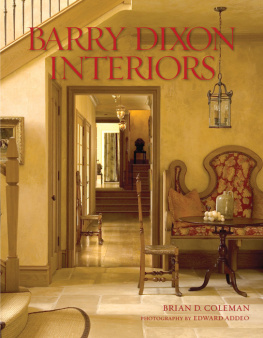
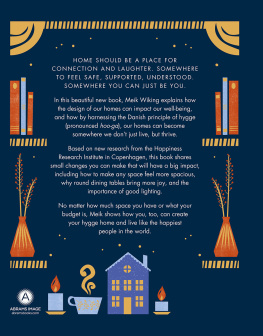
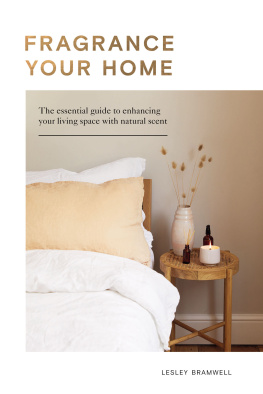
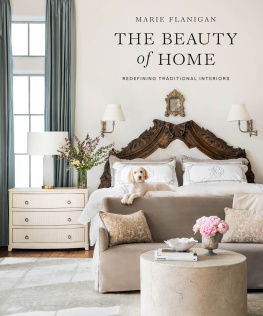
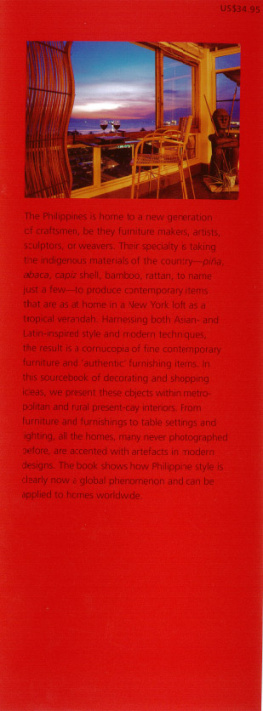
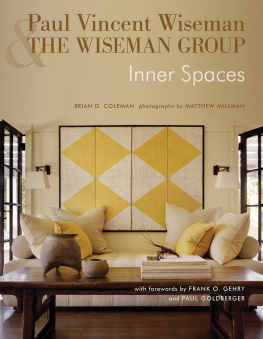
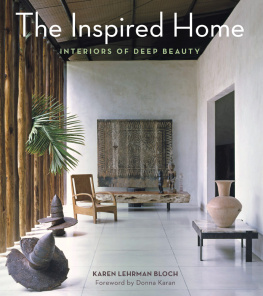
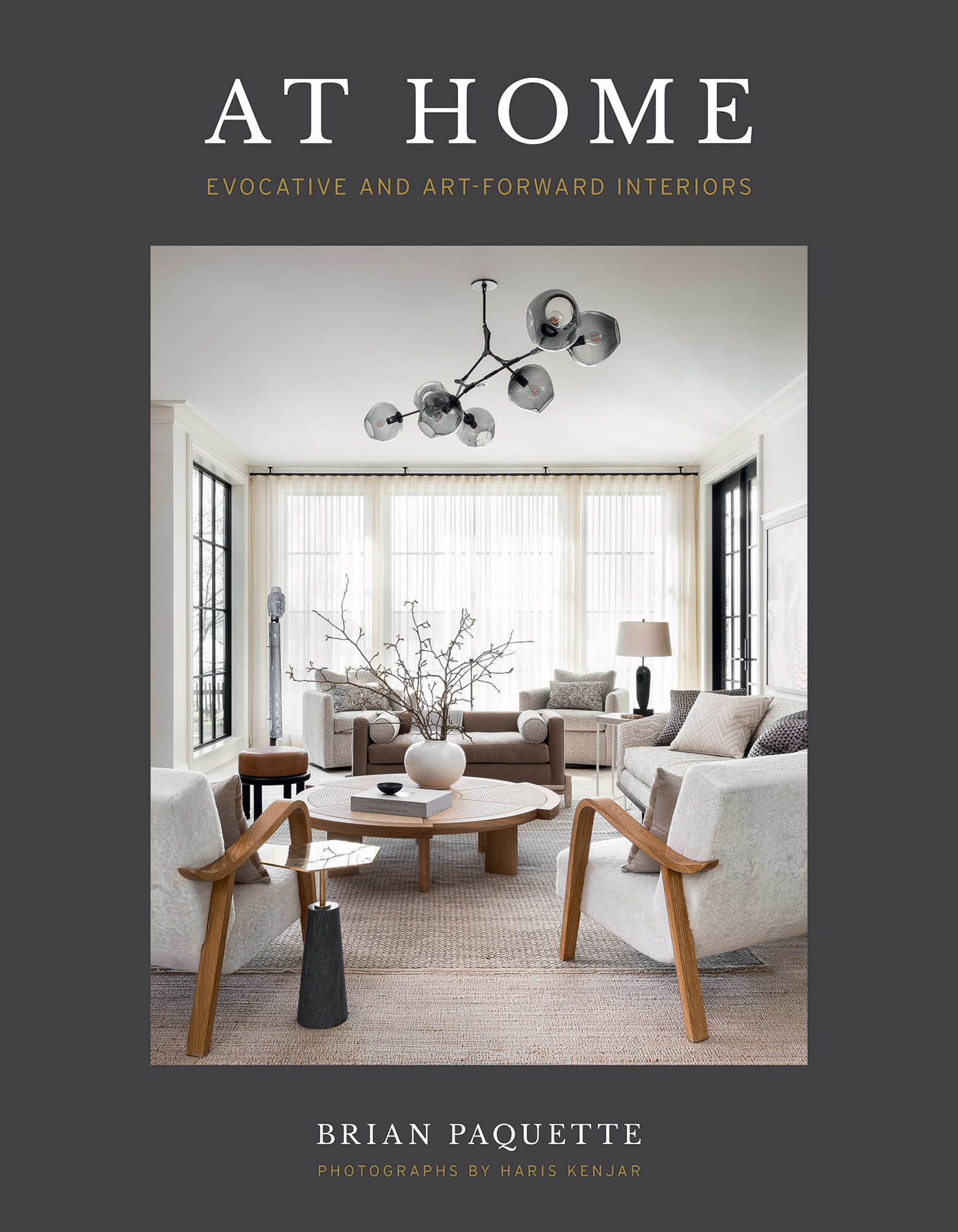

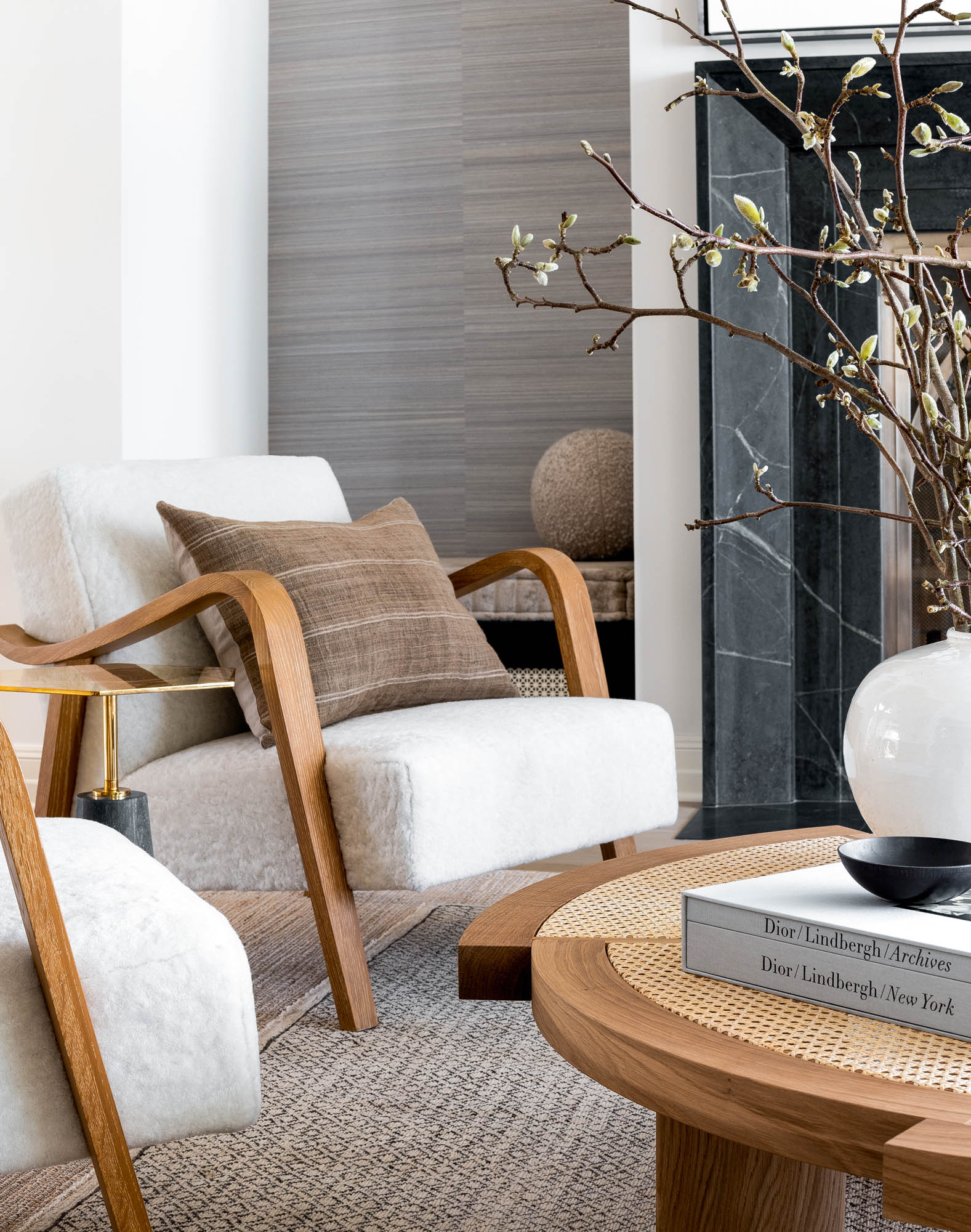
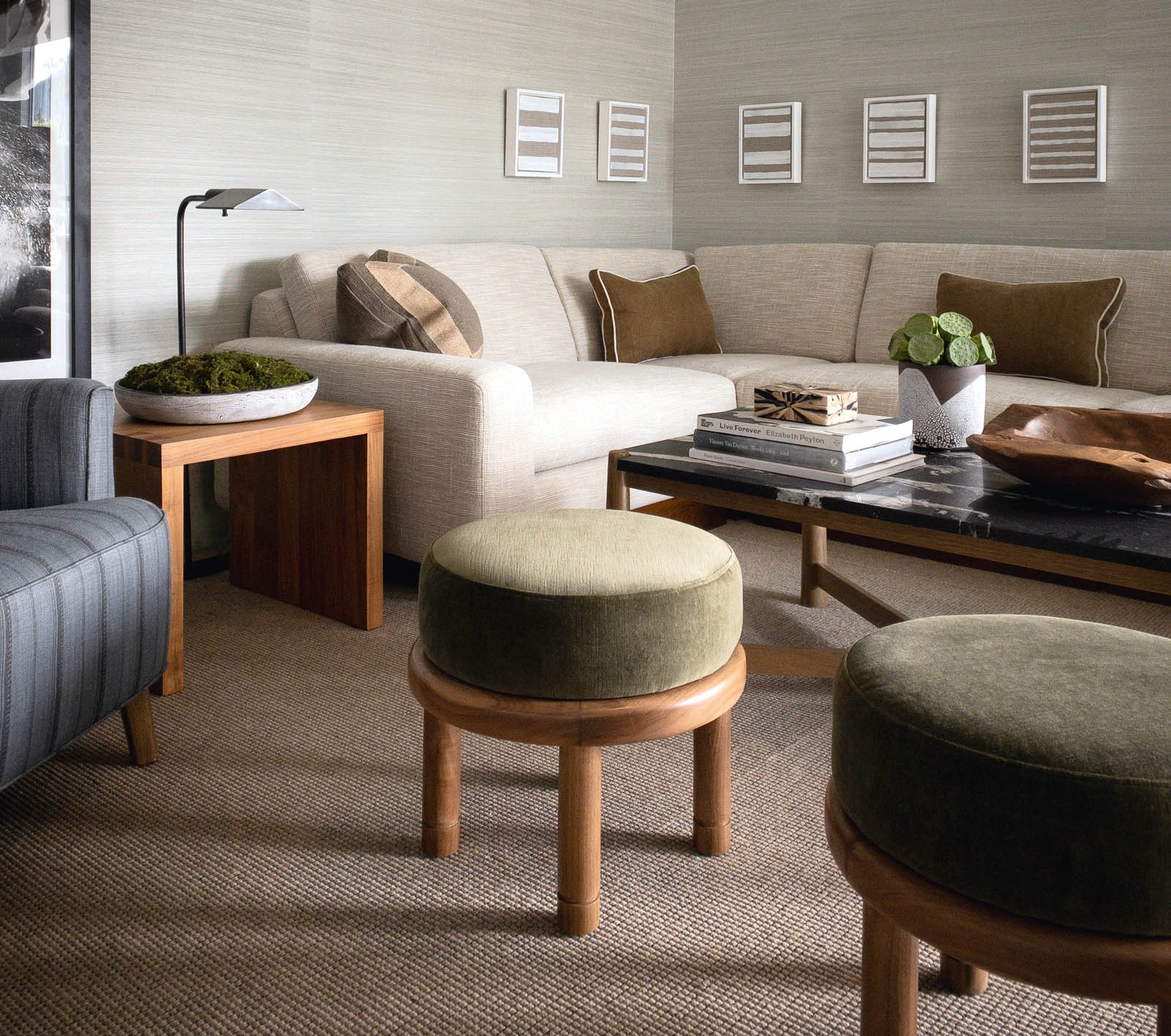
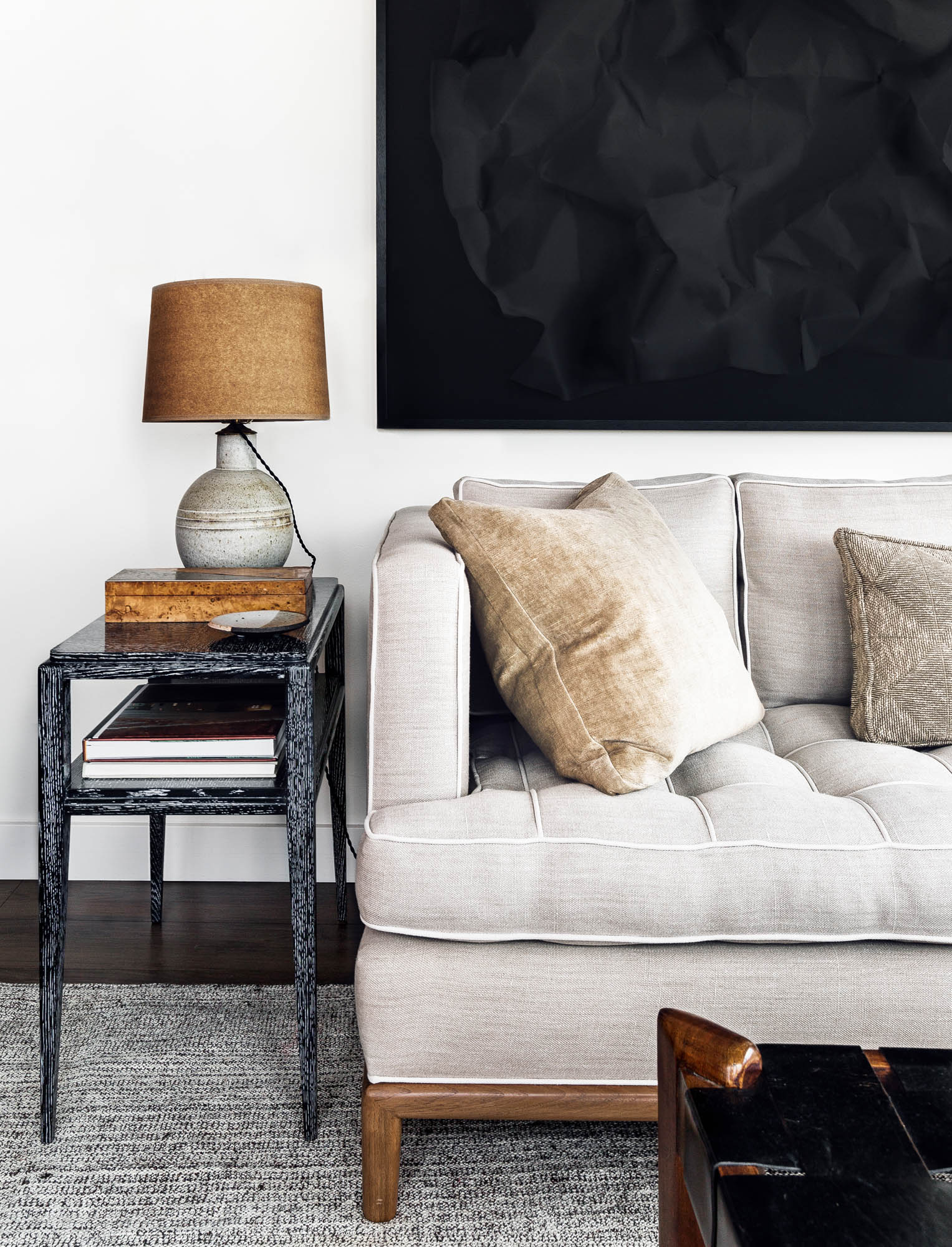
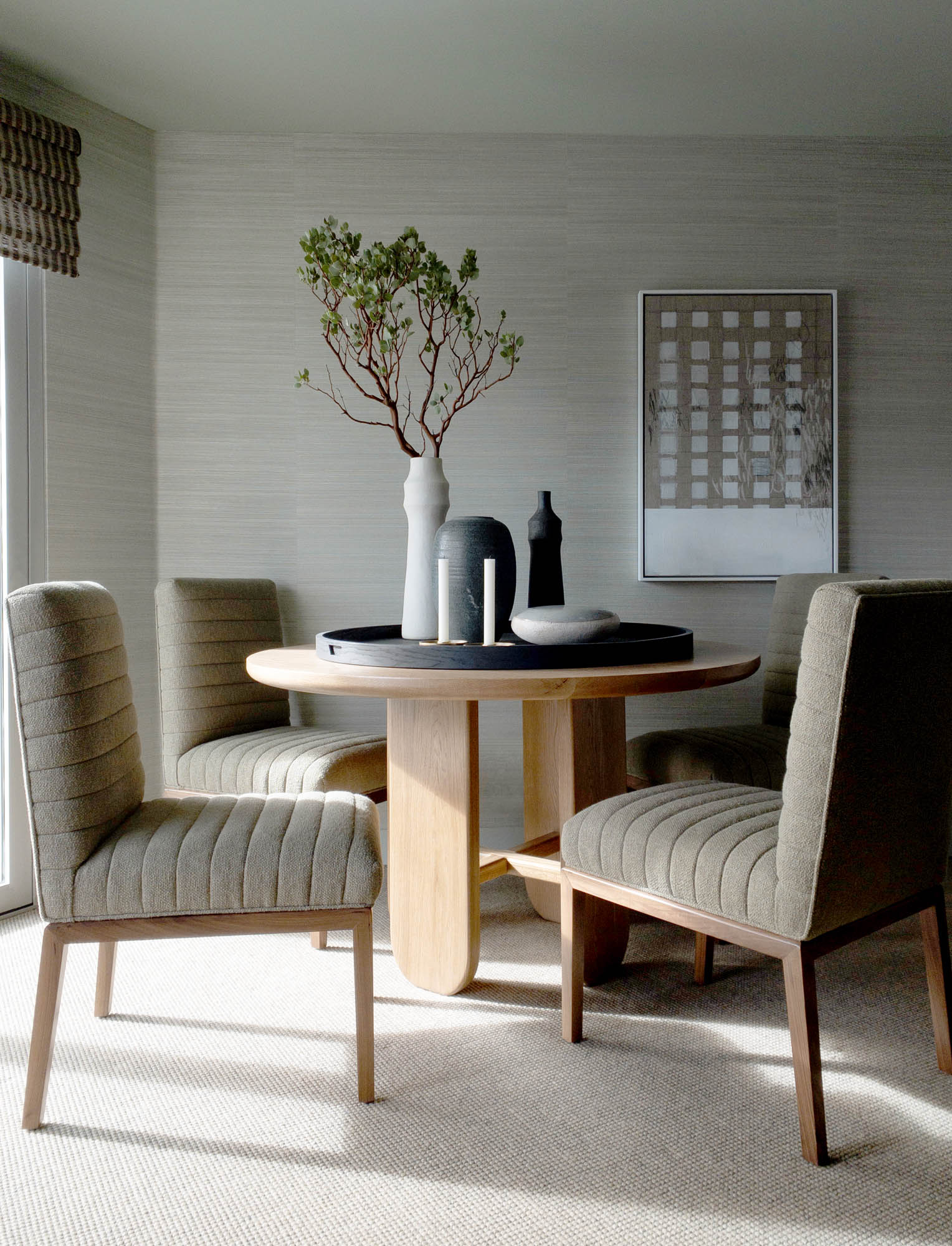
.jpg)